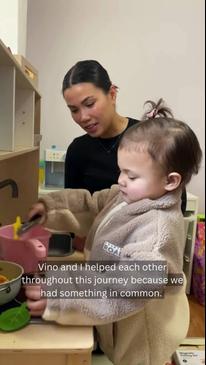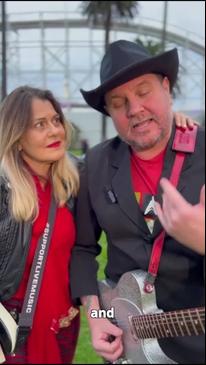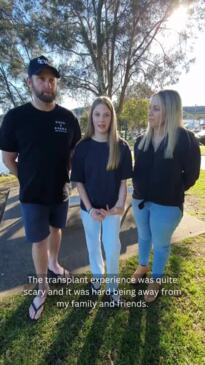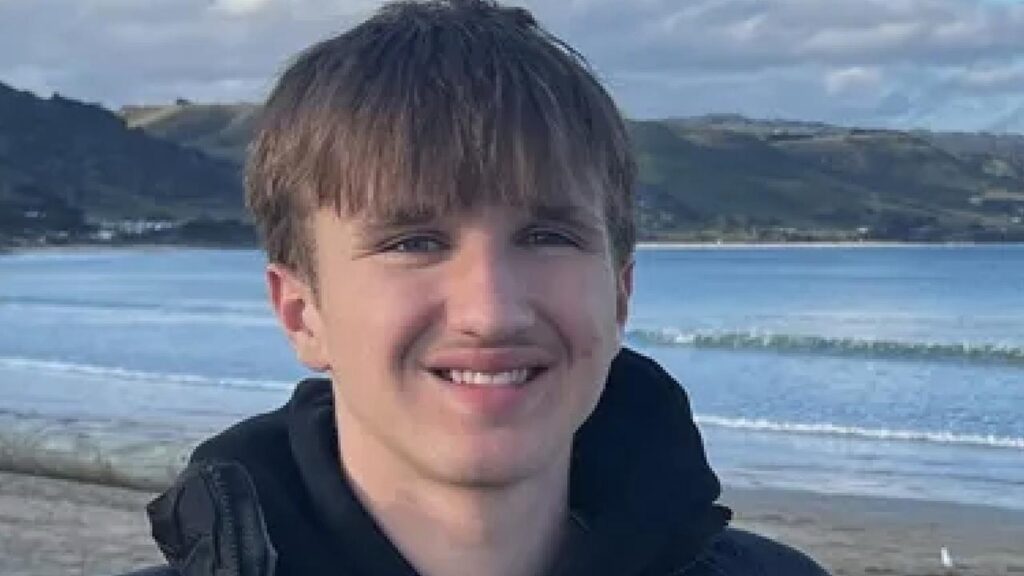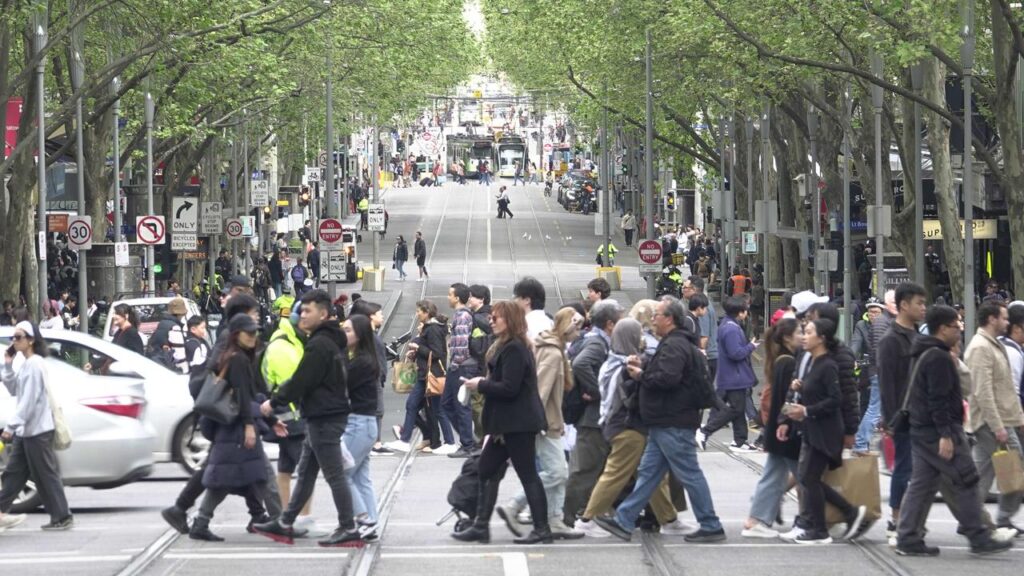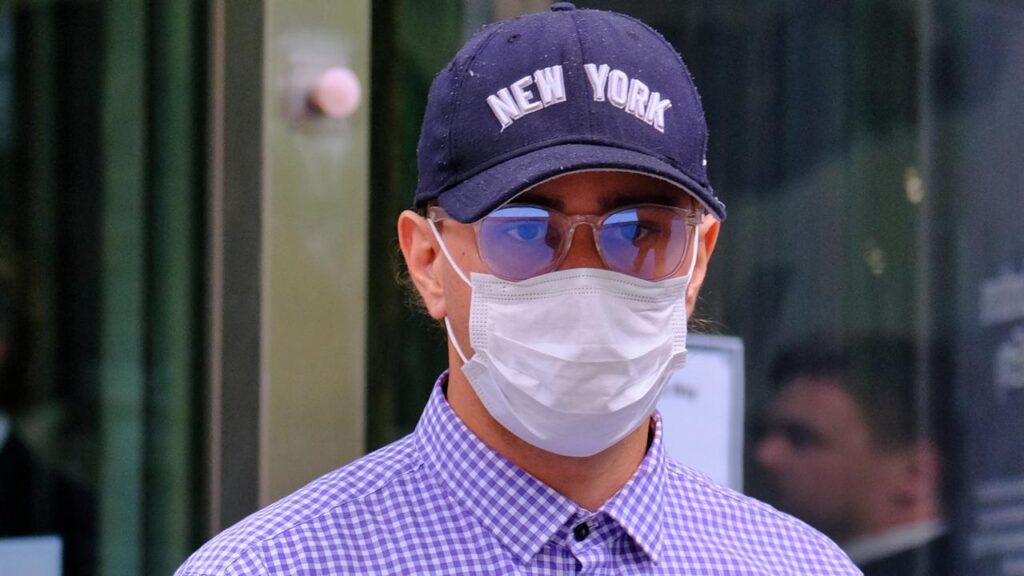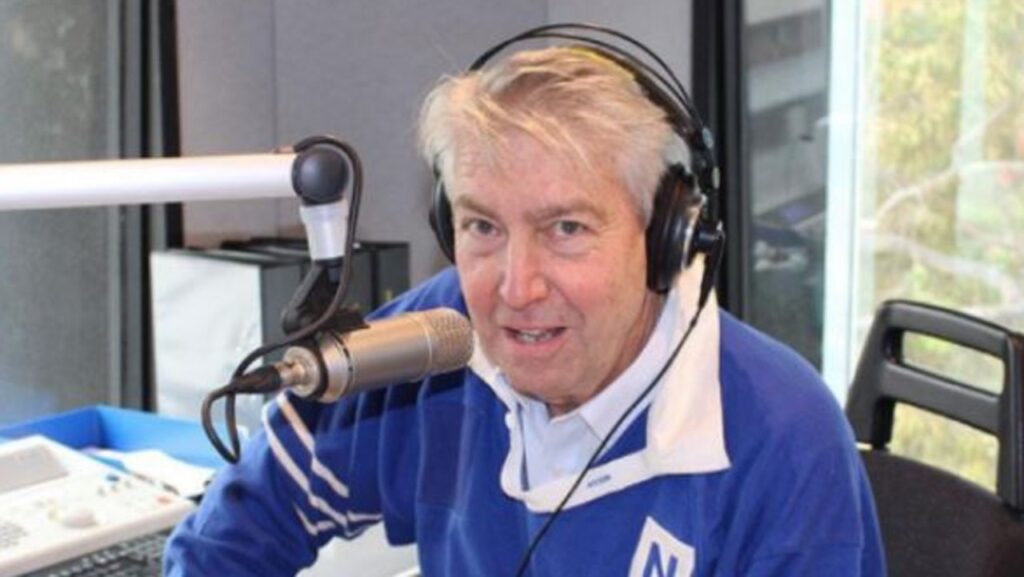What really happens during lifesaving organ donation process
Written by admin on July 13, 2024
A reluctance to “think about dying”, and Australians incorrectly ruling themselves out of being organ donors are the biggest barriers to potentially lifesaving registrations, new research shows.
A lack of knowledge about the organ donation process and its implications was also revealed as a significant obstacle for many unregistered Aussies in the survey of 2751 adults, commissioned by the Organ and Tissue Authority.
Common misconceptions medical experts are keen to dispel include people thinking they are too old or unhealthy to become donors, that organ donation is against their religious beliefs, and that “there are enough donors”.
In reality, all Australians aged 16-plus can and are encouraged to register as organ donors via donatelife.gov.au or the Express Plus Medicare app, as it is extremely rare for people to die in a way that donation is even possible.
Ahead of DonateLife Week, from July 28 to August 4, three health professionals have shed light on how organ donation and transplantation saves lives, and can provide comfort to families experiencing tragedy.
The donation process
Organ donation begins, in most cases, at the end of someone’s life.
Less than 2 per cent of Australians die in hospital in circumstances where donation is possible, and families are always asked to consent to donation, regardless of whether their relative is registered to become a donor. Last year, this left just 513 organ donors nationwide who saved and improved the lives of 1396 recipients.
In donation nurse Bianca Topp’s experience, deciding whether to consent is far easier for families who know their loved ones’ wishes.
“A lot of the time, people are being asked to consider donation … on the worst day of their life,” said Ms Topp, who role involves supporting families through this vital decision.
“The last thing I want is for a family to feel regret over the choice they make. It ideally should be a well-thought out decision that follows a discussion (when their loved one is) alive, healthy and well, and you’re not under stress at their bedside in an ICU.”
Most major Australian hospitals have specialists like Ms Topp – a former ICU nurse who has worked in the organ donation field since 2008 – to bring sensitivity, respect and “simple information about what donation might mean to families” to the conversation.
“Most families who proceed with donation want something positive to come out of their tragedy,” she said. “They want to help someone else to live a better life.
“We hear time and time again how much it means to them, how much comfort it brings. How many of us can say that we have literally saved another person’s life? It is a pretty amazing legacy to leave.”
One organ donor can save the lives of up to seven people.
Once a family has said ‘yes’, a specialist team gathers information about their loved one’s health and social history to determine whether anything could prevent them becoming a donor.
“We carry out blood tests, X-rays, ultrasounds – all those kinds of tests – and put the results in a database,” Ms Topp said. “That process takes about four to five hours, sometimes longer if the patient has a complex history.”
Transplant surgeons, like liver specialist Graham Starkey from Melbourne’s Austin Health, receive this information and make the final call as to whether they can use an organ.
Mr Starkey identifies two reasons donations are denied: “disease-transmission risk, and if the organ is just not up to it”. But he was adamant no one should rule themselves out by assuming they were too old or unhealthy to become a donor – or for any other reason – noting they should leave that to medical experts. Remarkably, a 98-year-old recently donated their liver in the US.
After determining organs are fit to be donated, an expert surgical team retrieves them.
“It’s just like any other operation,” Ms Topp said. “The patient is never left alone, there’s always someone (like myself) taking care of their dignity and making sure everything goes smoothly.”
She said families sometimes made requests of donation nurses, “like playing their favourite music or holding their hand” throughout the operation.
“So as long as (a request) is moral, legal and ethical, we’ll support whatever we can,” she said.
Ms Topp recalled allowing one donor to wear a prized baseball cap he “never went anywhere without” during his operation.
Another family asked that she hold their loved one’s hand in their final moment. “I took a photograph of me holding their hand and sent that to the family, so that they knew their loved one was being honoured and cared for,” she said.
Afterwards, the donor is bathed and presented in whichever way the family requests – “we might braid their hair, put makeup on or give them a shave” – so you wouldn’t know the operation had occurred from looking at them.
“We give the family an opportunity to spend some time with their loved one,” Ms Topp said. “That’s really important for a lot of people, and we try to make that as memorable and as meaningful as we can.”
Identifying recipients
A person must pass a “workup” – comprehensive medical testing to ensure the transplant has the greatest chance of success – to be placed on the waitlist to receive a transplant.
Luke Datson – another former ICU nurse who is now the OTA’s clinical lead on Australia’s OrganMatch system – said this could involve anything from “having a catheter pass through (a patient’s) heart to make sure they don’t have any heart disease” to “blood tests on multiple days in a row to assess their renal function”.
They are then assessed by a surgeon and specialists, sometimes including a psychologist, psychiatrist or social worker to “ensure they would be able to keep up with the regimes and medications post-transplant”.
Those who pass the workup are enrolled into OrganMatch – a computer-based program that, since 2019, has managed the waitlist and matched deceased organ donors with recipients.
At any one time, about 1800 Australians are on the waitlist for an urgent organ transplant. Many of the 14,000 people who are on dialysis nationally could also benefit from a new kidney.
Once donated organs became available, OrganMatch ran the blood type and DNA information of every person on the waitlist to find a compatible match, Mr Datson said. From there, “the different organs each have their own specific matching criteria”.
For hearts, lungs, livers and intestines, the donor and recipient’s height and weight are considered as one size won’t fit all people.
A MELD score is calculated for every prospective liver recipient, via a mathematical formula based on blood tests, to determine the severity of their liver failure.
Mr Starkey noted the system had pros and cons. A key disadvantage was that one of two main triggers for liver transplants – liver cancer – may not cause liver failure and therefore, may not return a MELD score.
“Most of our liver transplant waiting list will be in order of MELD score, but interspersed with cancer patients, based on our judgement,” he said.
Mr Datson noted patients in urgent need of transplants could be “prioritised above any other recipient in Australia” if they were at risk of dying “within a short period of time”.
Transporting and transplanting organs
Organs are placed in sterile bags, and then inside an ice-filled and taped-up Esky to be transported. This could occur via police car, ambulance, courier services, commuter planes, or even private jets if time was of the essence, Mr Datson said.
How quickly an organ needed to get from the donor to recipient depended on the organ, ranging from about four hours for hearts to up to 24 hours for kidneys. But generally speaking, sooner was better.
The ability to pump blood through donated organs via machine perfusion had allowed for the extension of these time spans.
“We can keep a liver alive like that for 24 hours,” Mr Starkey said.
Mr Datson added: “It has absolutely extended the time frame organs can be considered, which means that, say, hearts can now be transported to Western Australia or New Zealand.”
Once a donor organ has been matched to a recipient, the turnaround time is fast.
“We’re often getting referrals in the afternoon or evening and doing the transplant the next morning,” Mr Starkey said.
An anaesthetist takes about an hour to get the recipient ready for surgery, which then typically lasts six to eight hours. Mr Starkey said this could be faster if the operation was straightforward, or extend to 10 hours if a patient was getting a “redo” transplant, had undergone several previous surgeries, or had “very severe portal hypertension, very bad liver disease or a very inflamed liver”.
He said liver transplant surgery could be “a pretty brutal operation”, with bleeding a particular issue. But it was usually successful.
“We expect our patient survival to be more than 95 per cent at one or two years, and about 85 per cent at five years,” he said. “That’s a lot, especially since these patients could all be dead within a year or two (without a transplant).”
The recovery period could last from two to three months “if everything goes well”, through to about nine months if there are complications.
Some liver recipients require second transplants – typically either within days of their first operation due to complications, or about 30 years down the track for those transplanted as children. But many recipients’ donor livers see them through the rest of their lives.
While Australia is a world leader in successful organ transplants, it has a shortage of donors.
Mr Starkey identified two ways of increasing this pool: “One is to expand the number of people who agree to donate their organs. And our role is determine, with the pool of livers that we are offered, how can we maximise outcomes? Machine perfusion is part of that.
“Donation is a wonderful gift. It’s super important.”
Originally published as ‘Amazing legacy’: Behind the scenes of the lifesaving organ donation process

